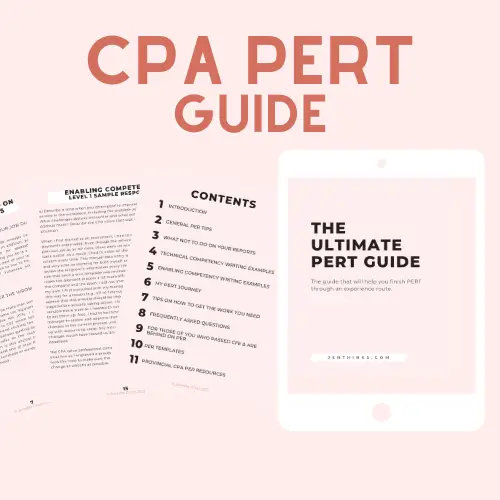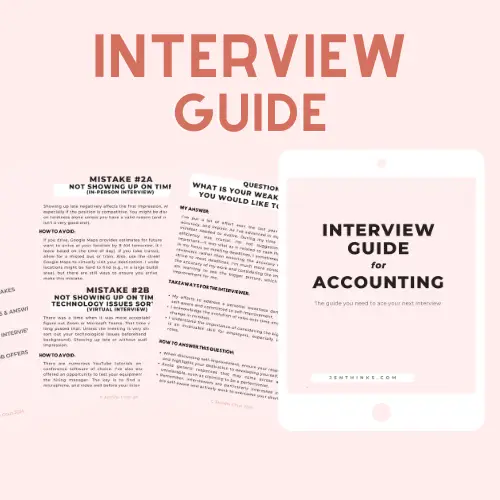The practice case for my Performance Management Elective module I attempted today was one of the most challenging ones I have written. There was a lot of information (7 pages), a wide variety of AOs (production schedule, financial statement impact, pricing etc) and nothing exciting about the company (it sells pressure valves, what?). The information for each AO was also all over the place making it difficult to focus on one thing at a time. Since studying for my Finance elective, I have been able to stick to using the basic approach (tip #1) for writing a case almost every time (not IP as it’s easier to plan with the questions already broken down). However, this case was so challenging that I had to utilize more tricks than normal.
Note, not all of these CPA case writing tips will work for all of you but I encourage you to at least test them out. You are better off finding out what works and what does not during a practice case than on an exam.
RELATED POST – CPA Performance Management – Why Did I Choose the PEP PM Module?
1. Do Follow A Case-Writing Approach
If you have already taken a CPA module or two already, you should already be familiar with the case-writing approach. I just finished the module workshop for performance management and was reminded of the steps CPA recommends. In my experience, almost all facilitators would remind us that everyone’s approach might be a little different. I also had to admit that I didn’t stick to using “an approach” until I used Densmore for my Finance module. Densmore refers to their technique as the basic approach and I have been sticking to it ever since with slight modifications:
- Scan the case’s narrative to pick up the requires/AOs and start an outline
- Read the entire case including the appendices, one sentence at a time
- start filling out your outline with critical notes at this stage under each header
- make sure the notes are concise and not a complete re-write of case facts
- look at your outline and think about the ordering of the AOs
- this step is more critical for some cases than others, e.g., a case with a financial reporting issue needs to be corrected first before addressing any changes on financial statement/utilizing the information on the financial statement (e.g., loan application)
- allocate the time budgets for each AO
- I would also make note of the quantitative techniques I will be using, e.g., NPV analysis, outsourcing vs. in-house
- before I start the actual writing, I also create placeholders for the content on the word doc, e.g., the header, quantitative discussion, assumptions made, qualitative discussion with pros and cons & recommendation
- start writing & stick to your time budgets no matter what
RELATED POST – My CPA Journey – First Impression of Densmore & 3 Days Before My Finance Exam
2. Do Practice Telling Yourself to Let Go
When I was writing the challenging case today, I was tempted to spend more time than I planned on a specific AO. That was because I remembered a case fact that was relevant to the discussion. However, I knew I had already written enough for at least a RC (reaching competency) and maybe a C (competency). It reminded me of how easy it is to fall into the rabbit hole and end up spending too much on one AO and too little on another.
This is why it is extremely crucial for you to set a time budget for each AO and then stick to it. If you end up finishing the case early, you can always go back to that AO and polish the response even more. This is because 2 RCs are better than 1 C and 1 NA (not addressed) or 1 NC (not competent). Letting go when your instinct is telling you not to requires practice and there is no better time to practice than during a module before an exam.
~ More CPA Posts ~
CPA PEP Core 1 – How to Study for the Module and the Exam
CPA PERT – Ultimate Guide on How to Get Your First Experience Report via EVR Approved
CPA PERT – Enabling Competencies Examples
Densmore for CPA PEP – Are The PEP Essentials Packages Worth It?
CPA PEP Module – Regular Module or Extended Module?
3. Do Have A Format Bank For Specific Analyses
With CPA cases and exams being so tight on time, any time you can save by being efficient is worth the work upfront. Depending on where you are on your CPA journey, you might or might not have already noticed the same AOs coming up over and over again. Risk analysis, outsourcing or in-house decision, capital budget analysis are ones that have been tested over and over. The last thing you want is to waste time during an exam to figure out the best format for the analysis. For example, if the AO is asking you to identify operational issues, the WIR (weakness, implication and recommendation) is often the best tool for this. Remember I told you I would identify the analysis tool required and create placeholders (Tip #1) on the word doc before I start writing the case? For WIR, I would copy and paste the 3 headers (WIR) 3 to 4 times immediately as a reminder to myself to come up with enough issues to reach breadth.
4. Don’t Ever Go Beyond The Time Limit of The Case
The nice thing about practice cases is the lack of time pressure. The dangerous thing about practice cases is the lack of time pressure. CPA has encouraged us over and over again to write the practice case in an exam setting and that includes the time constraint. This is because the more practice you have writing the exam under the same setting, the more comfortable you will be on the exam day. It is also an effective way to identify weaknesses to your approach: running out of time for the last AO, not typing fast enough or not having the technical knowledge for an identified AO. Practice cases are meant for you to practice, as the name suggests. The last thing you want is to give yourself the false sense of security of completing a case by spending double the amount of time. This is a dangerous habit that you have to shake way before your exam day. Also, you will gain a lot more by using the extra time to debrief instead.
5. Don’t Wait Until Exam Time to Debrief
RELATED – CPA PEP – How To Debrief Cases Effectively
I have to admit I rarely debrief right after I write a case. I tried but I was often too tired after writing a case to spend another hour or so on debriefing. However, I always find time to debrief within a day or two of writing the case for the first time to debrief. You should not wait to debrief your case until close to the exam time because you will not fully realize the benefits of the debriefing process. Debriefing close to the time you wrote the case offers the following benefits:
- you can still recall the case itself and why you analyzed or concluded the way you did
- you can learn from your mistakes and course-correct before your next case which gives you more chance to practice this new information
- you can spend time on technical areas you have identified as a weakness (one less thing to worry about during the exam time)
- you can learn some efficient formats that you can utilize on your next case, making you more efficient


